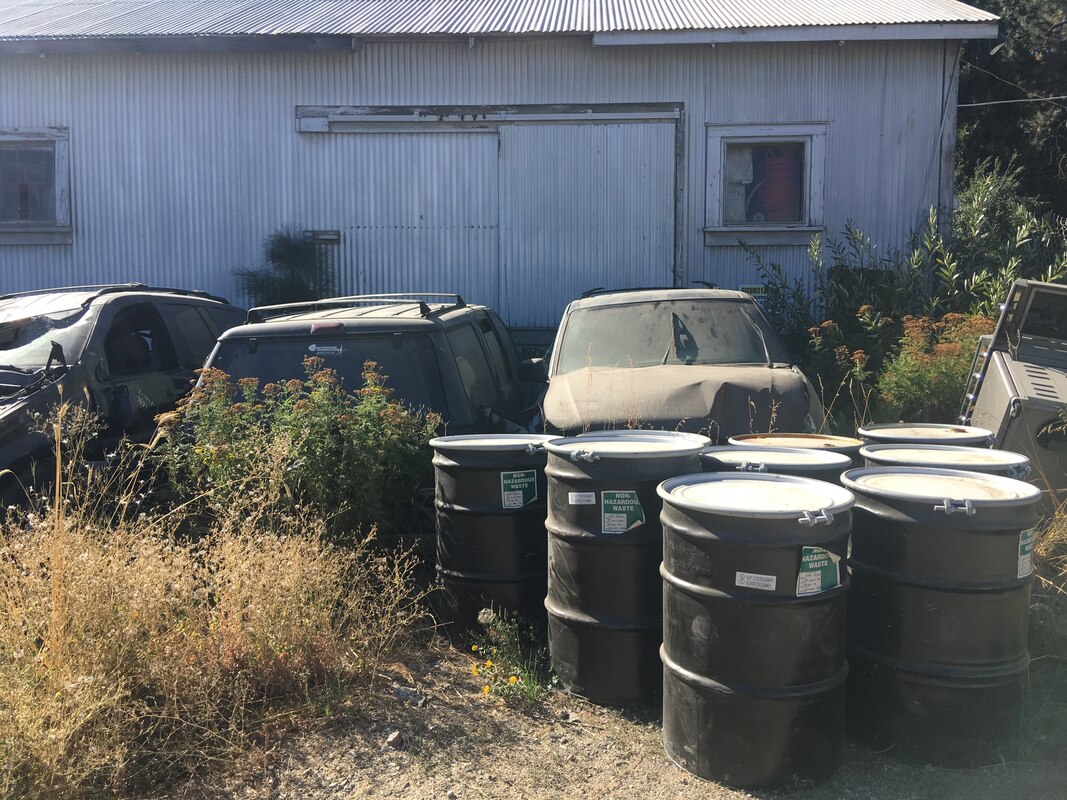|
I got an early education about how different legal systems can shape decision making and problem solving. I grew up in Hawai’i during a time when there was a growing awareness of Hawaiian arts, language, culture, and science. And along with that came an examination of the legal systems put in place during the monarchy that grew from the concept of shared responsibility for land resources. Because the monarchy was illegally overthrown by Americans, its laws and land system have never fully disappeared from the legal landscape, and some of those concepts still exist today.
The story of Facebook CEO Mark Zuckerberg’s efforts to create a remote and exclusive estate on Kauai ran afoul of legal and constitutional rights of native Hawaiians, his involvement being only a part of a really interesting saga Trisha Kehaulani Watson wrote for Honolulu Civil Beat in 2019. Whether you are financing the development of an estate in Hawai’i, signing an equipment lease in South Korea, or foreclosing on contaminated land in New South Wales, Australia, it’s critical to understand how the laws in your jurisdiction affects your environmental risks. Not only do you need to understand the environmental laws of the place where you are doing business, but you need to then match your understanding of environmental risks to the options available to financiers to collect a loan balance, enforce on property, or exit a contract. The way that different jurisdictions regulate environmental impacts can have a big impact on whether a condition triggers action to address a health or safety condition under a particular law or regulation. California’s very specific and detailed requirements for soil vapor intrusion means that many more properties in California are being cleaned up for chlorinated solvents in soil gas compared to Texas, where there are no specific requirements. The differences between different states can extend to lender protections. For example, in California, lenders have broad rights to investigate and even clean up properties without taking on legal liabilities under state cleanup laws, even where the lender takes title to the property for the purpose of recovering loan exposures, as long as the property is then disposed of promptly, usually within a year. But in some states these protections may not extend to affiliated legal entities that are formed to hold the asset. Lender protections that are written into the U.S. Superfund law and many U.S. state cleanup laws will not apply to other kinds of environmental requirements, for example underground storage tanks or asbestos in building materials. Once again, it’s critical to understand the jurisdiction you’re working in and to get the right kind of legal support to sort out how jurisdictional requirements match to the environmental risks identified for a particular financial transaction. And then there’s the difference between civil law and common law countries and how that relates to tort liabilities….ah, but that’s a topic for another day.
0 Comments
Leave a Reply. |
Marty WaltersEnvironmental Scientist Archives
March 2021
Categories
All
|
Proudly powered by Weebly



 RSS Feed
RSS Feed